I have a SCT013-030 current clamp sensor I plan to use to read out the power usage of a mains AC load. It works by wrapping around one of the AC strands of wire to measure the magnetic field.
The one I bought is calibrated so that 0-30A is 0-1V with a builtin burden resistor.
Will the output of the clamp sensor be affected by whether the inner wire is straight, or curved around the outside? By that I mean the following difference:

Currently I have a wire loop going through the sensor like the second picture and I'm worried this brings it out of calibration. Searching online of people using these sensors shows both methods being used.
Should I worry? Or is the difference negligible compared to the sensor accuracy itself?